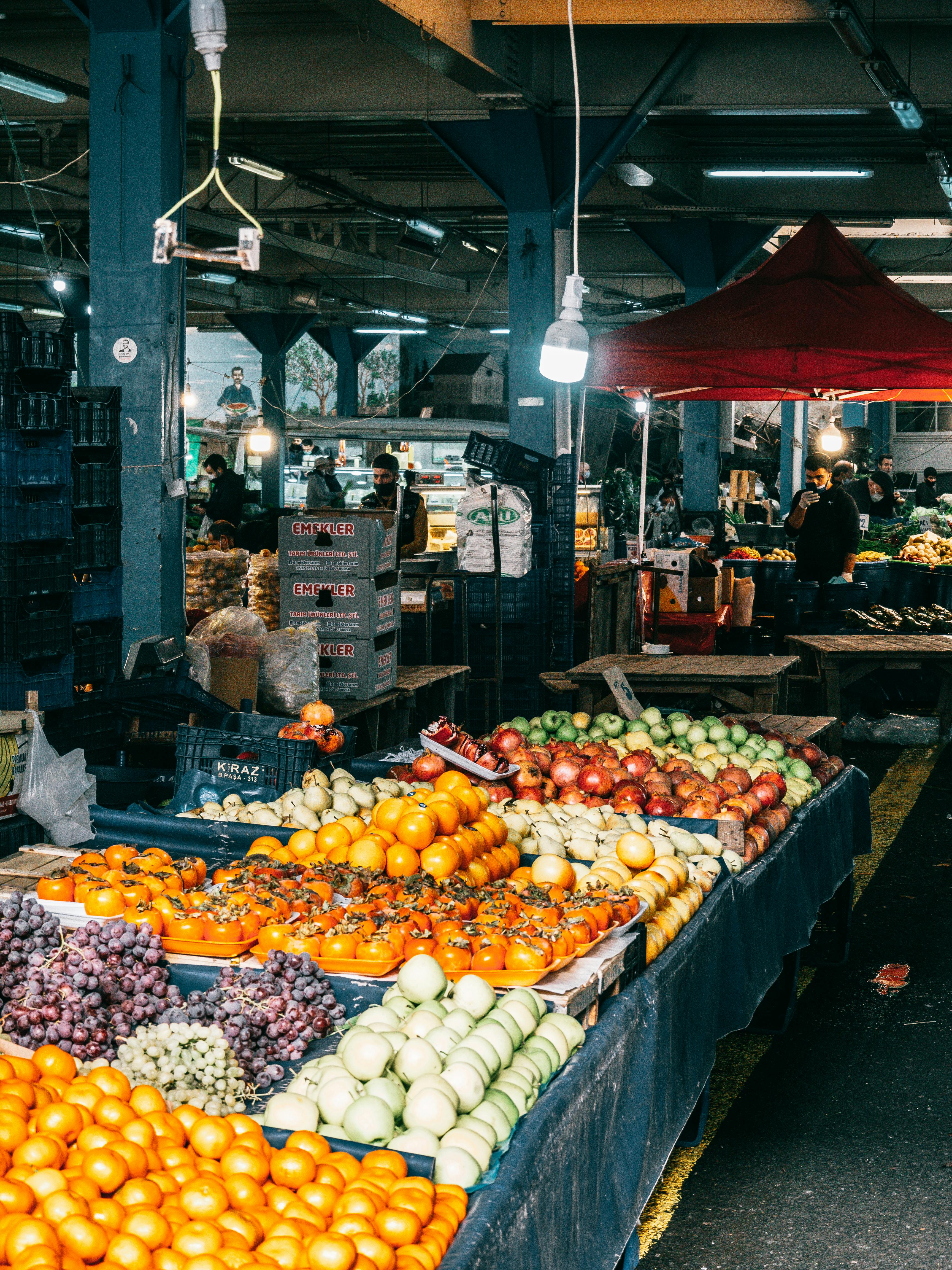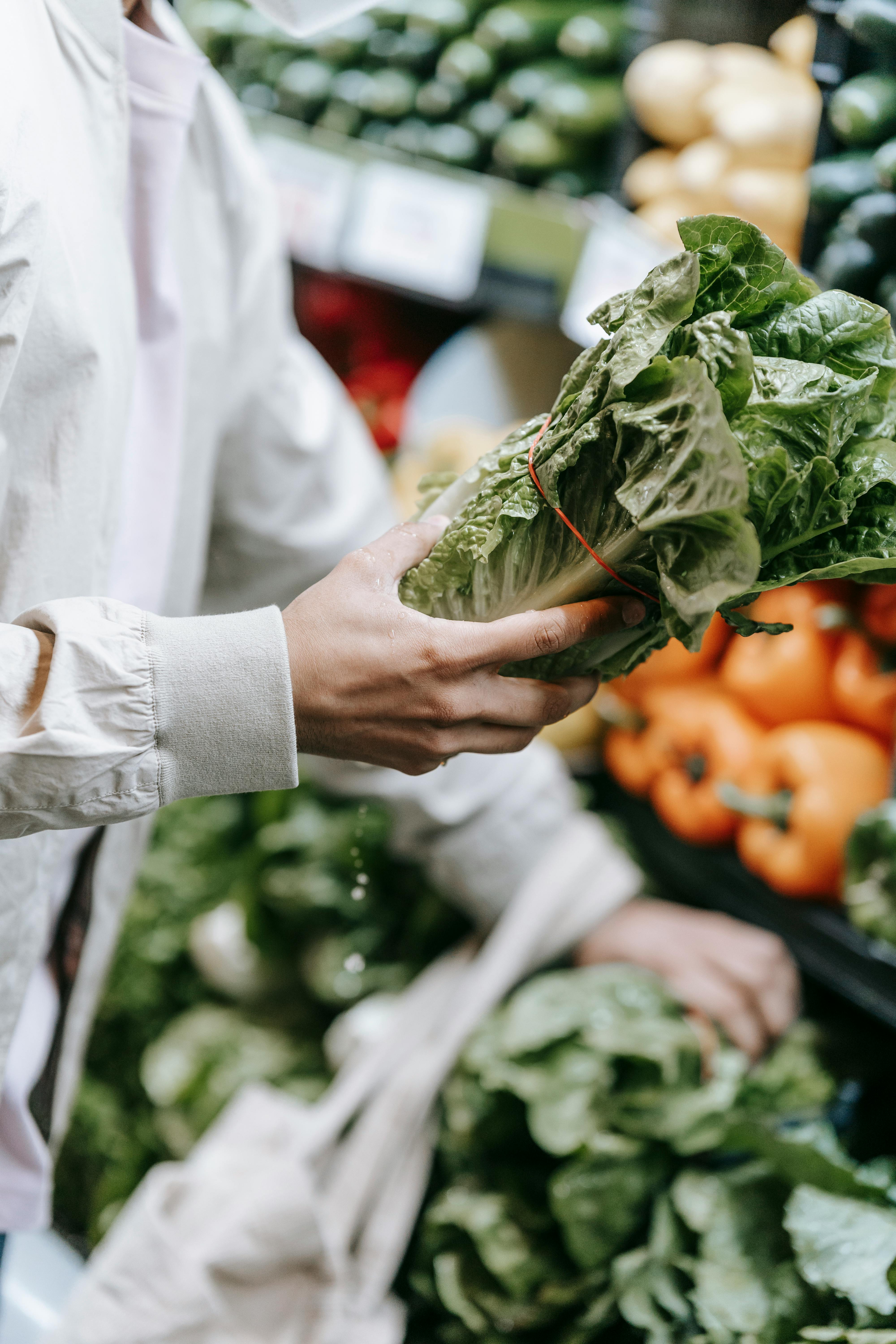Pineapple juice is a delicious and refreshing way to quench your thirst. Making your own pineapple juice at home can be highly rewarding, but it all starts with selecting and storing the best pineapples.
When choosing pineapples for juice, look for fruit that is heavy for its size indicating a high juice content. Avoid any with soft spots, bruises or discoloration as these are signs of a bad pineapple. The fruit should be fragrant and slightly sweet smelling. Otherwise it won’t give you the sweet flavor you’re looking for in your juice.
Store fresh pineapple at room temperature away from direct sunlight. If you won’t be using it immediately, place it in the refrigerator where it will last up to two weeks.When choosing a fresh pineapple, look for one that is heavy for its size, with a deep yellow and firm shell. Avoid any with soft spots or bruises. The leaves at the top should be green and fresh looking, not brown or dried out.
Smell the pineapple to make sure it has a sweet aroma. Gently squeeze the sides of the pineapple – it should yield slightly when ripe. If you’re able to remove one of the leaves at the top of the pineapple easily, that’s another sign that it’s ripe.
Finally, if you’re able to cut the pineapple open, check that it is juicy inside. A ripe pineapple should have an even yellow color throughout. Avoid any with brown spots or areas that look dry.
Contents
Identifying Ripe Pineapples
Pineapples are a delicious and nutritious tropical fruit that is enjoyed around the world. Knowing how to identify ripe pineapples is key to ensuring you get the most flavor and nutrition out of this fruit. Here are a few tips on how to tell when a pineapple is ripe and ready to be eaten:
• Color: Ripe pineapples will have a deep yellow color, with some areas that may even have a bit of red or orange. The green parts of the pineapple should be bright and vibrant in color.
• Smell: The aroma of a ripe pineapple should be sweet and fragrant. If it has no scent, it likely is not yet ripe.
• Feel: When you gently press your thumb into the flesh of the pineapple, it should feel slightly soft but still firm. If it feels mushy or too hard, it’s not yet ripe.
• Leaves: Pull a leaf from the top of the pineapple. If it comes off easily and looks fresh and healthy, then your pineapple is likely ripe. If it won’t budge or looks dry, then your pineapple is not yet ready to eat.
By following these tips, you can easily identify when your pineapple is ripe and ready to enjoy!
Tips for Selecting Quality Pineapples
Pineapple is a delicious and nutritious fruit. It is a great addition to any meal or snack. However, it can be difficult to select the best pineapple from the grocery store. Here are some tips for selecting quality pineapples:
Look for pineapples that have a firm and heavy feel. Avoid any pineapples that feel soft or have dark spots on them. The heavier the pineapple, the juicier it will be.
Smell the pineapple before you buy it. A good pineapple will have a sweet smell, while an old one will smell sour or fermented.
Check the leaves at the top of the pineapple. If they are green, this indicates that the pineapple is fresh and ripe. If they are brown or dry, this means that the pineapple is old and not very good.
Look at the color of the skin on the pineapple. A good quality pineapple should have a yellow-orange color with no green patches on it.
Finally, make sure to check for any signs of decay or mold before purchasing your pineapple. These are signs that your pineapple may not be fresh and should not be purchased!
Preparing the Pineapple for Juicing
Juicing a pineapple is an easy and healthy way to get your daily dose of nutrients. However, it can be a bit tricky to prepare the pineapple correctly for juicing. Here are some simple steps to ensure that you get the most out of your juicing experience:
• Start by washing the pineapple thoroughly with water and a gentle scrubbing brush. This will help remove any dirt or debris that might be clinging to the skin.
• Peel off the skin of the pineapple with a sharp knife or vegetable peeler. Be sure to remove all of the green parts as these may contain toxins that could affect the flavor of your juice.
• Cut off any brown spots or bruises from the flesh of the pineapple. This will help ensure that your juice is as fresh and tasty as possible.
• Slice up your pineapple into small pieces, making sure not to cut off too much flesh. The smaller pieces will make it easier for your juicer to break down and extract all of the juice from each piece.
• Place all of your prepared pineapple pieces into your juicer and enjoy! It’s important to remember that if you are using a manual juicer, you may need to manually push down on each piece in order to get all of its juice out.
By following these simple steps, you can easily prepare a delicious and nutritious pineapple juice in no time!
Storing Fresh Pineapples
Storing fresh pineapples properly is key to preserving their flavor and texture. The best way to store pineapples is to keep them in a cool, dry place away from direct sunlight. Once you have purchased the pineapple, it should be tightly wrapped in plastic wrap or stored in an airtight container. This will help prevent the pineapple from drying out or becoming too soft. It is also important to store pineapples at room temperature; refrigeration may cause them to become mushy and lose flavor.
When cutting a pineapple, remove the crown, bottom and outer skin until only the yellow flesh remains. Cut the pineapple into slices or cubes and store in an airtight container with a damp paper towel over the top. This will help keep the fruit fresh for up to three days. If you need to store pineapple for longer than three days, it can be frozen for up to six months. Simply cut into slices or cubes and freeze in an airtight container or baggie until needed.
Finally, be sure to check your stored pineapple regularly for any signs of spoilage like browning or mold growth before consuming. Storing fresh pineapples correctly can help ensure they retain their maximum flavor and texture when enjoyed!

Tips for Storing the Uncut Fruit
It’s important to store uncut fruit properly in order to maintain its freshness and taste. Proper storage will also help reduce spoilage and food waste. Here are some tips for storing uncut fruit:
• Store fruits in a cool, dark place like a pantry or cupboard. Avoid storing them in direct sunlight or near heat sources.
• Place the fruits in airtight containers or bags to help contain the moisture and keep them fresh for longer.
• Make sure that all fruits are stored separately, as different types of fruits have different optimal storage conditions.
• Wash the fruits before storing them, and make sure they are completely dry before putting them away.
• Check on your stored fruits every few days to make sure there is no spoilage or mold growth. Discard any spoiled or moldy fruit immediately to prevent contamination of other food items.
Following these tips will help keep your fruit fresher for longer, so you can enjoy it at its best!
Making Juice with Pre-Cut Pineapple
Making juice with pre-cut pineapple is a quick and easy way to enjoy a delicious, nutritious beverage. The process involves only a few simple steps, making it the perfect choice for busy days. All that’s needed is pre-cut pineapple, juice, and any other ingredients you may wish to add.
To begin, gather all of your ingredients together. Make sure you have enough pre-cut pineapple for the amount of juice you wish to make. If using additional ingredients such as ginger or honey, measure them out as well. Once all of your ingredients are ready, place the pineapple into a blender or food processor and blend until smooth.
Next, pour the blended pineapple into a pitcher or container and add in the juice of your choice. Stir well until everything is combined. If desired, add in any additional ingredients such as ginger or honey at this time. Taste test the mixture to make sure it has reached your desired sweetness or flavor level. Adjust accordingly if needed.
Finally, pour the mixture into glasses and enjoy! You can also store any leftover juice in an airtight container in the refrigerator for up to two days.
Making juice with pre-cut pineapple is an easy and efficient way to enjoy a delicious drink in no time! With just a few simple steps and minimal effort required, you can have freshly made juice on hand whenever you need it!
Storing Pre-Cut Pieces of Pineapple
Storing pre-cut pieces of pineapple can be tricky as the fruit begins to brown quickly when exposed to air. To keep your pineapple fresh, start by selecting a ripe pineapple that has a sweet smell and a golden-yellow color. Cut the pineapple into small slices or cubes and store them in an airtight container or tightly sealed plastic bag. Place the container in the refrigerator and use within two days for best results.
To preserve pre-cut pineapple for longer, you can also freeze it. Cut the pineapple into slices or cubes and place them on a baking sheet lined with parchment paper. Freeze until solid, then transfer to an airtight container or freezer bag. Make sure all air is removed from the container before sealing it shut. This method will keep your pre-cut pieces of pineapple fresh for up to three months.
If you want to enjoy fresh pineapple without having to cut it each time, you can also buy pre-cut pieces of pineapple in cans or jars at most grocery stores. When buying canned or jarred pineapple, look for those labeled “packed in juice” instead of syrup as they tend to have fewer added sugars and preservatives. Stored in the pantry or refrigerator, canned or jarred pre-cut pieces of pineapples can last up to 1 year before spoiling.

Conclusion
Choosing and storing fresh pineapples for making juice is an important factor in getting the best flavor from your juice. You want to look for a pineapple that is ripe, but not overripe, and check for any brown spots or decay. Make sure to store the pineapple in a cool, dry place and use it as soon as possible to get the best flavor out of it. Buy smaller pineapples if you don’t plan on using them all at once. You can freeze pineapple juice or canned pineapple for later use.
Making your own pineapple juice can be a great way to enjoy this delicious fruit. With the right selection and storage tips, you can make sure your juice is always fresh and flavorful. Enjoy!
0 Comments